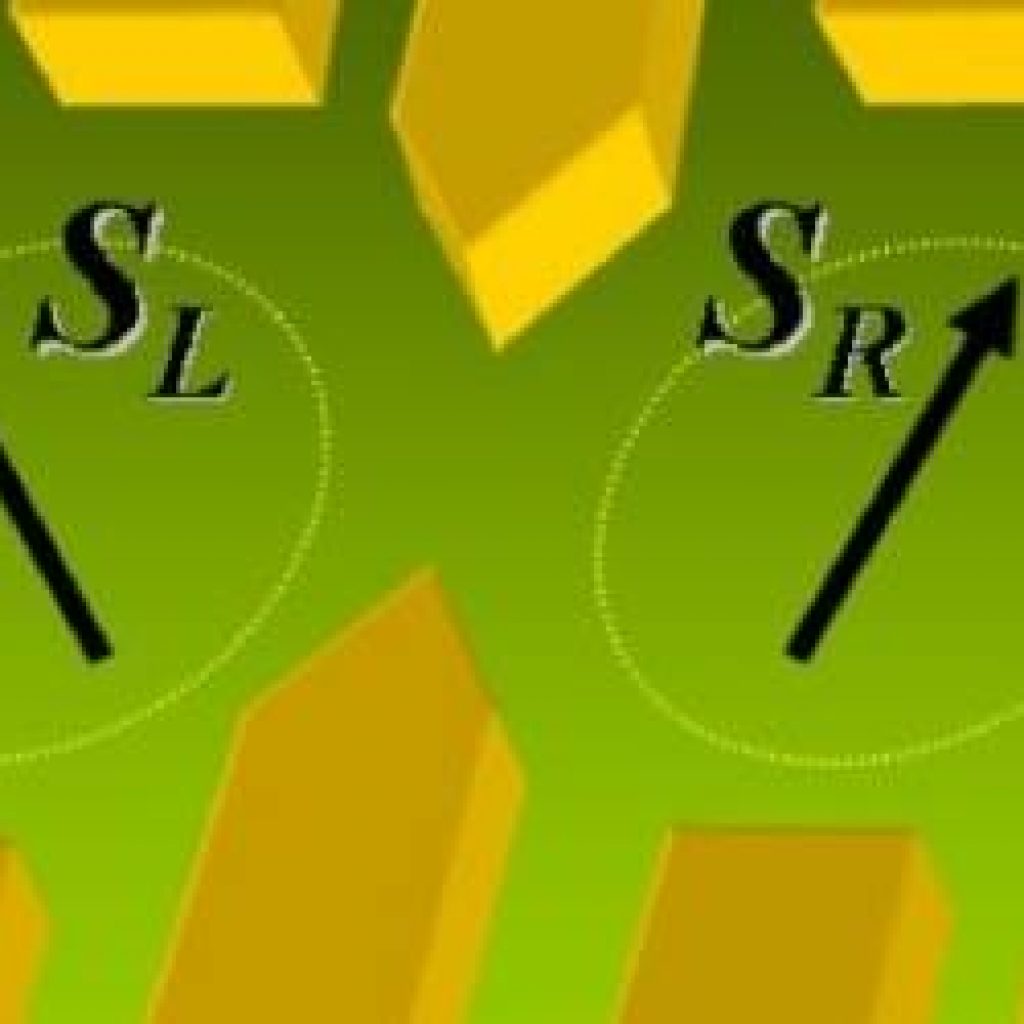(Forbes) Scientists have potentially overcome some of the barriers to practical quantum computing by combined two types of qubit on a single device.
In 1998, Daniel Loss of the RIKEN Center for Emergent Matter Science and David DiVincenzo of IBM conceptualized the building of a quantum computer by using the spins of electrons embedded in a quantum dot. Twenty years later, Loss and DiVincenzo have combined different qubits with a type of quantum gate known as a controlled phase gate. The first is a single-spin qubit, called a Loss-DiVincenzo qubit. The second qubit is a singlet-triplet qubit, which can be quickly initialised and read out, but quickly becomes decoherent. The gate allows spin states to be entangled between the qubits in a time fast enough to maintain coherence, allowing the state of the single-spin qubit to be read out by the fast singlet-triplet qubit measurement.
An earlier summary of this research is also summarized here on InsideQuantumTechnology. The findings are important since this study demonstrates that different types of quantum dots can be combined on a single device to overcome their respective limitations.
Two Qubits Better than One
